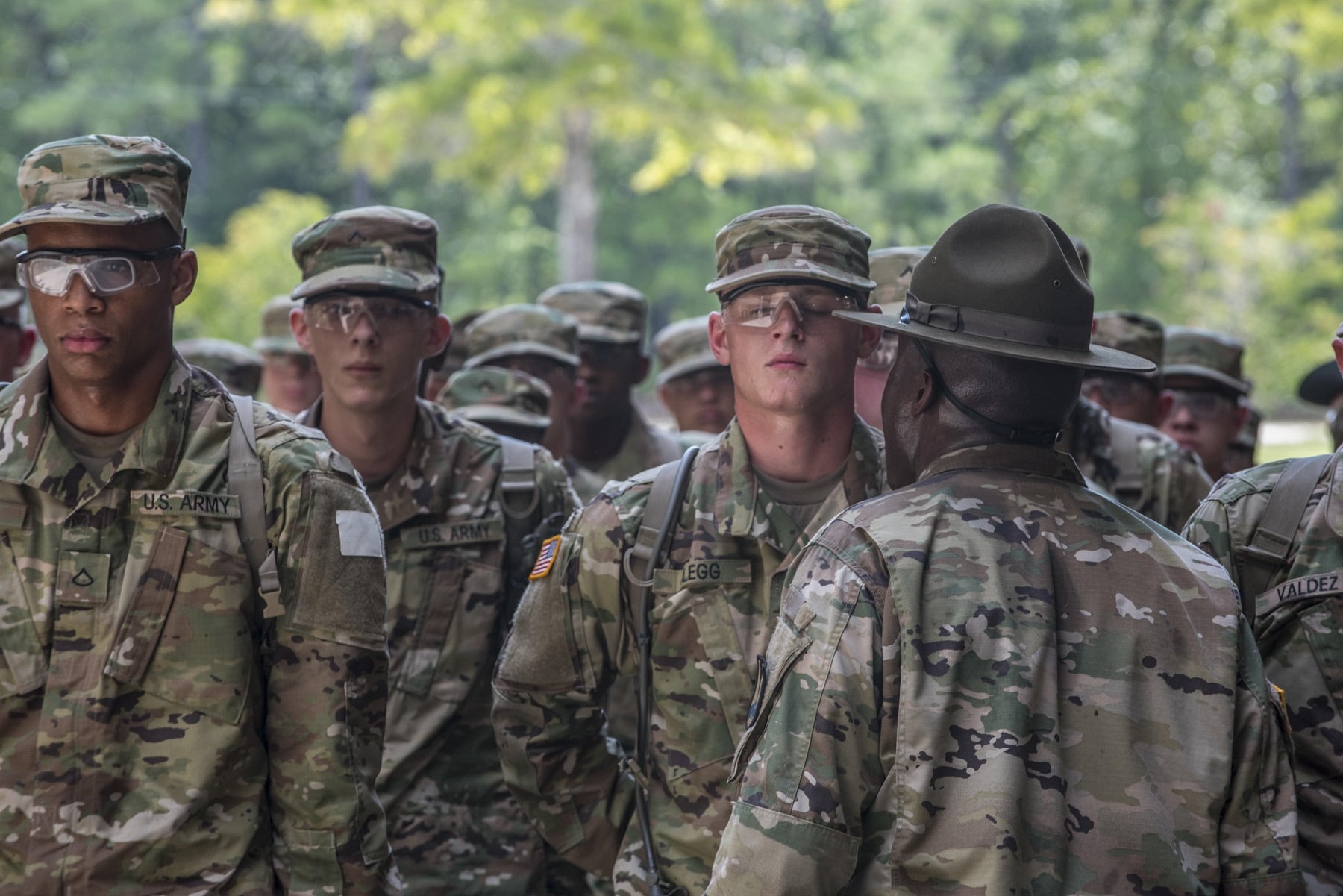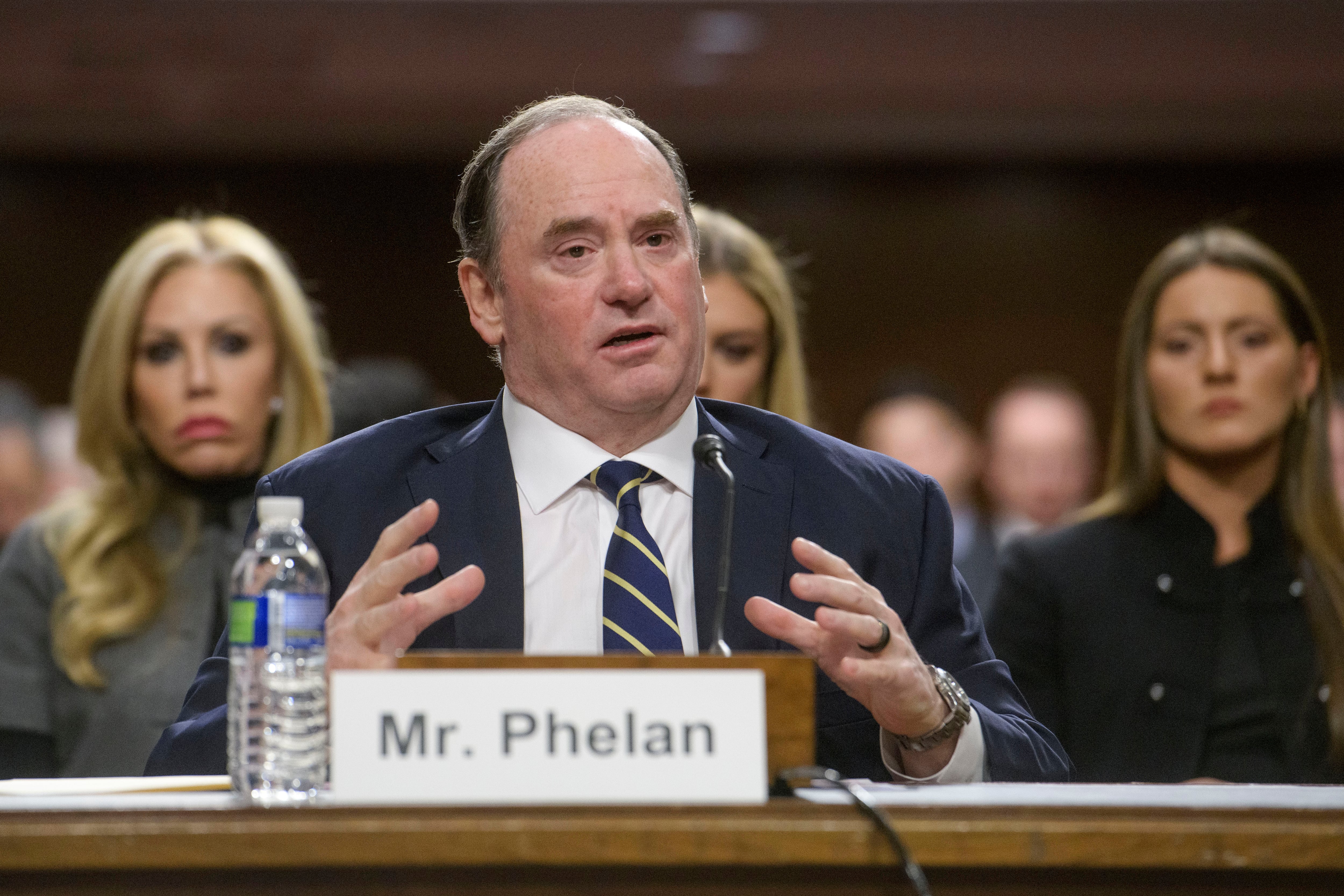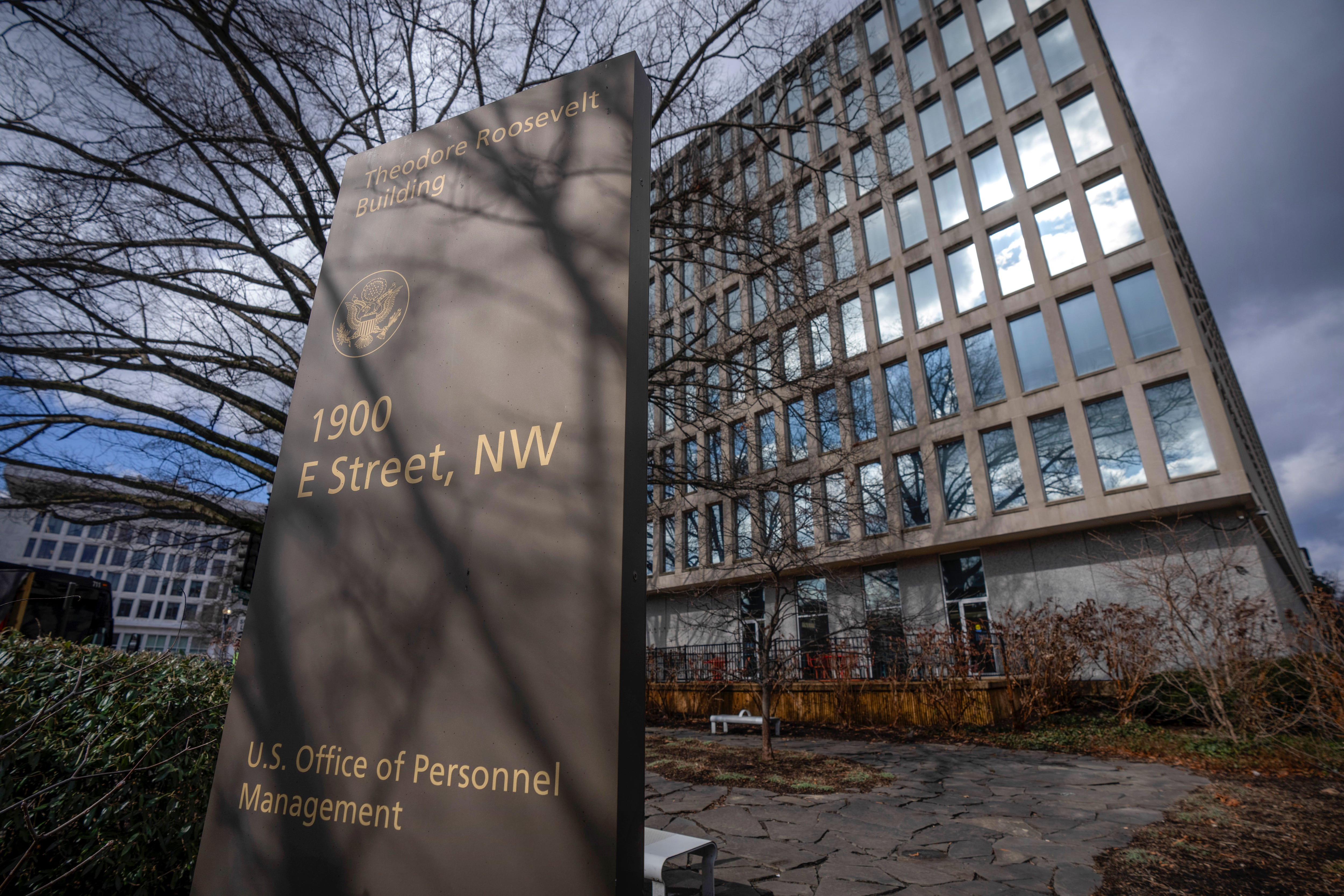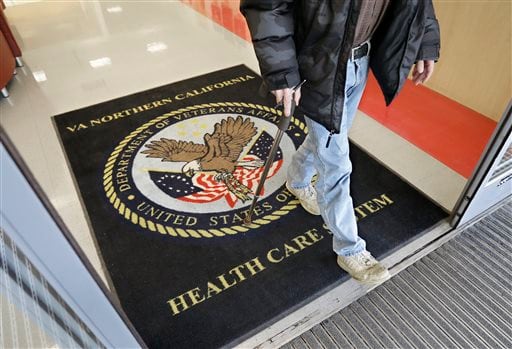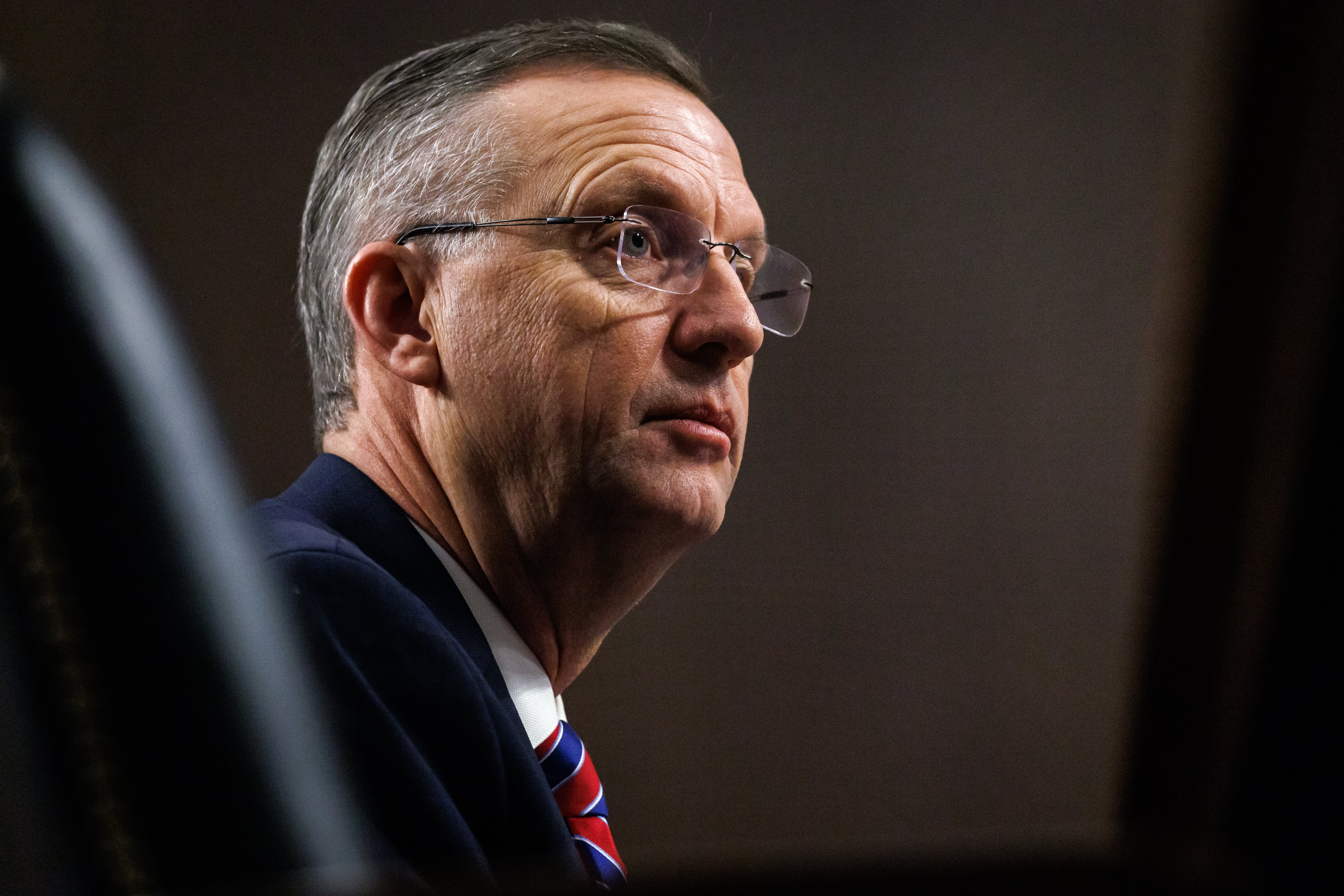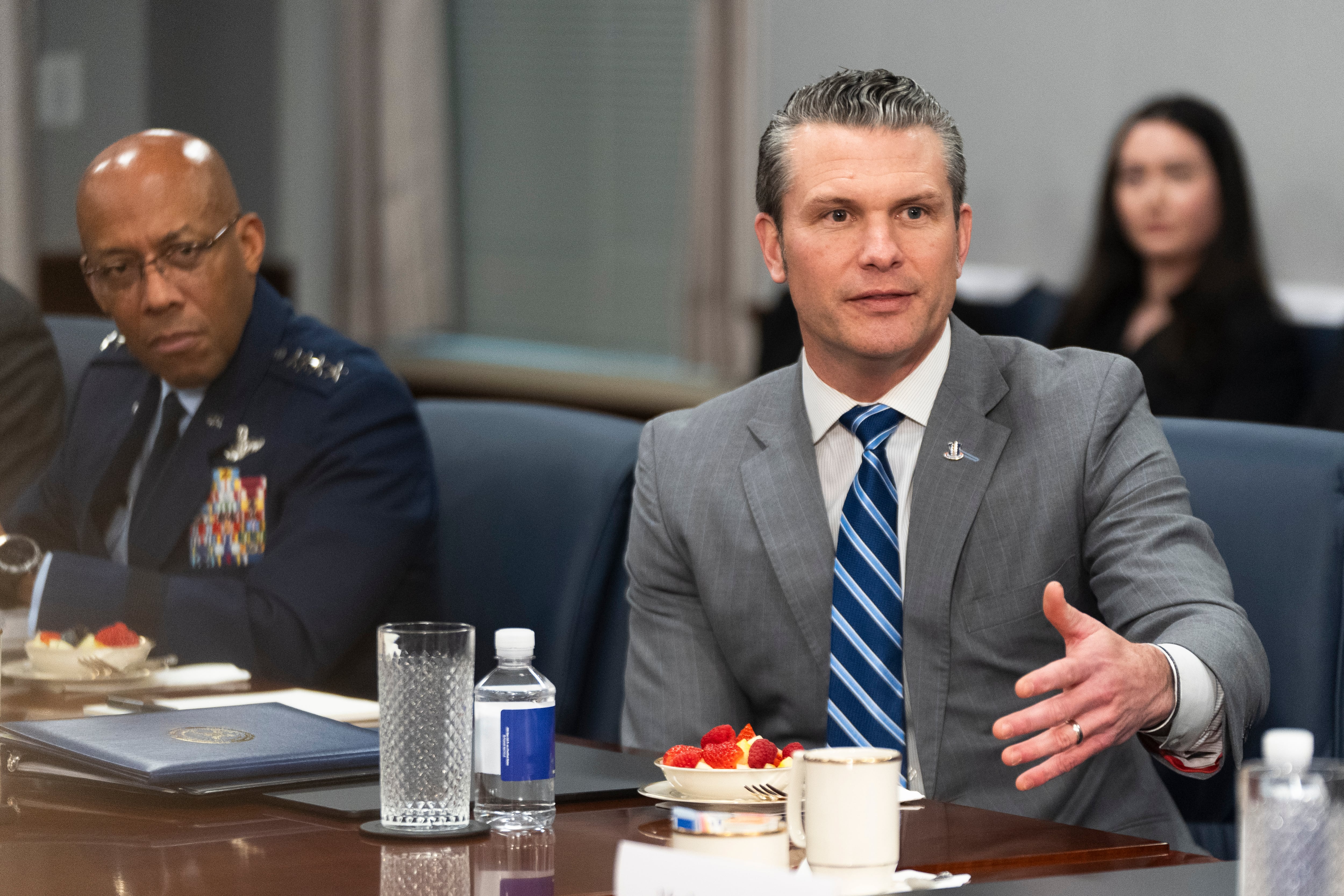Some recent changes to Army basic combat training caused by the coronavirus pandemic are expected to remain even after the virus has subsided, according to Maj. Gen. Lonnie G. Hibbard, commander of the Army’s Center for Initial Military Training.
The changes included lowering the drill sergeant-to-trainee ratio during the initial weeks of basic, front-loading academics, and abbreviating in-processing during that same time-frame.
Pandemic precautions required drill sergeants to break trainees down into smaller groups for two weeks of controlled monitoring — the amount of time it takes after exposure to COVID-19 to begin exhibiting symptoms. Trainees stayed in PT uniforms during those 14 days, as well, and haircuts were put on hold.
Hibbard believes making those changes permanent could curb problems not related to the virus, such as suicides. Anecdotal reports from basic training locations show “some decrease in behavioral health incidents," Hibbard said, though official numbers still weren’t available for the fiscal year by the time this article was published.
“By changing the way we in-processed them, it allowed these new recruits, trainees to take on the stressors of transitioning to become a soldier incrementally, instead of simultaneously within the first 72 hours," Hibbard said during a telephone interview earlier this month.
“It’s really hard for a drill sergeant to yell at a trainee with a mask on,” Hibbard added. “The drill sergeants had to coach, teach and mentor significantly more when they came in. And you’re also now in small groups. So instead of 10 drill sergeants with 240 trainees, you now have three drill sergeants with 30 trainees and you start building that noncommissioned officer to soldier relationship.”
RELATED
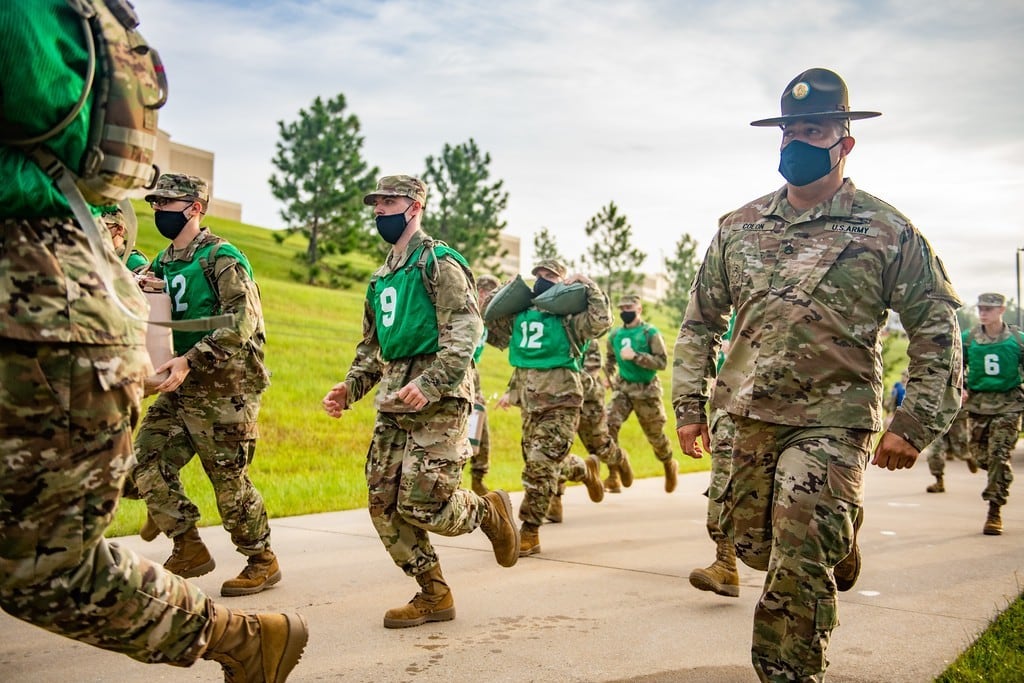
Changes may also come to how Army basic training conducts gender integration.
Normally, recruits integrate immediately after arrival to basic. But during the pandemic, any positive cases would quickly spread if integration occurred during the first two weeks of controlled monitoring, since integration requires men and women to be housed separately but to train together, according to Hibbard.
“If they go back to their platoons every single day, now I’m spreading that COVID across all those platoons instead of keeping them isolated to a 30-man platoon,” Hibbard said. "And I can’t house 10-15 females in different barracks, because we’d run out of space.”
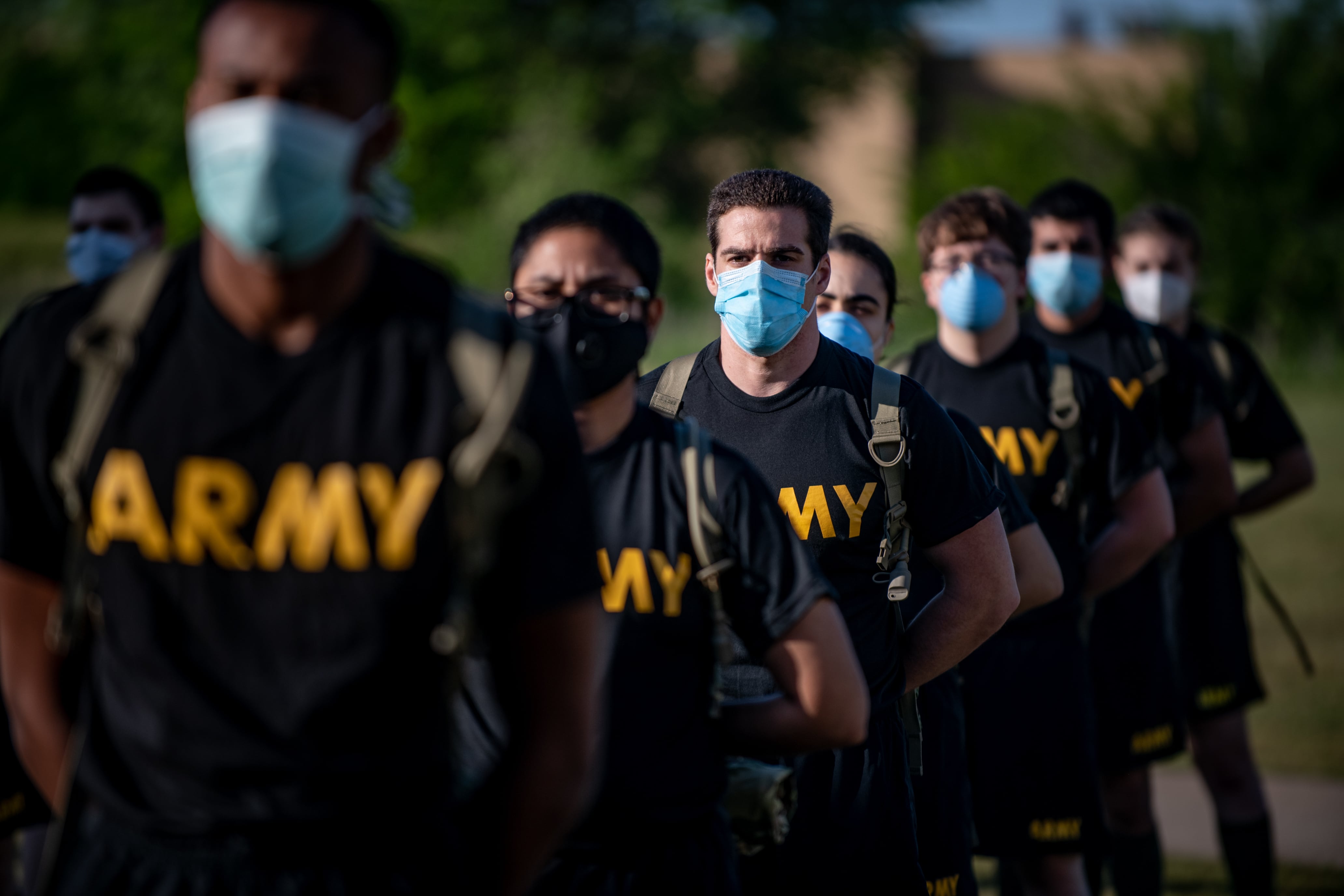
To adjust, the Army went to gender segregation for the first two weeks of training.
Hibbard hopes the shift will also decrease sexual harassment incidents, since recruits — many of whom are 18-year-olds with limited workplace experience — now spend two weeks learning what constitutes appropriate behavior.
“Regardless of what their previous experiences were, they’ve got two weeks to be educated now and reinforce Army values and what proper behavior is,” said Hibbard.
RELATED
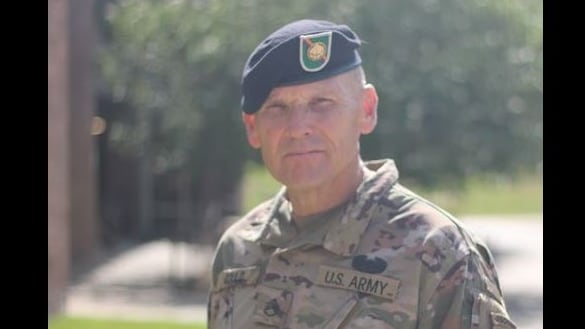
The content of the first two weeks of basic training is the same instructional program trainees would have received regardless, but now it’s conducted earlier in training.
“We do PRT, introduction to how the Army does physical training, drill and ceremony, all of those basic discipline training events and all of those academics in the first two weeks," Hibbard added. “Those positive environments are what we’re looking to change permanently in the [program of instruction]."
Hibbard expects the changes to ultimately yield fewer musculoskeletal injuries because ruck marching was moved to later in the training, He also expects fewer heat casualties because, early on, soldiers spent more time outdoors in PT gear becoming acclimated.
Changes like these often elicit groans from old-timers, soldiers and veterans who lament that basic training has become “soft” since their time there.
“It’s not getting softer," Hibbard said. "I would say we’re adapting to environmental conditions right now during a pandemic and the outcomes are actually positive. They still have to do every single task the old BCT did, we just reordered them and changed the way we’re instructing them.”
Kyle Rempfer was an editor and reporter who has covered combat operations, criminal cases, foreign military assistance and training accidents. Before entering journalism, Kyle served in U.S. Air Force Special Tactics and deployed in 2014 to Paktika Province, Afghanistan, and Baghdad, Iraq.
